 Need gift ideas for your critique partners? Your writing friends? Or a hint to sneak on a list for yourself? Look no further! Our wonderful guest bloggers (aka gift elves) have joined us to share their favorite writing, illustrating or book must-haves. You’ll find serious and practical suggestions our guest bloggers use daily, as well as fun and whimsical items that bring joy and offer motivation. Peruse and enjoy our 2021 Writer’s Holiday Wish List! (Then maybe forward it to your favorite shopping elf!)
 Julie Rowan-Zoch is an author/illustrator. She followed her illustrator debut, Louis by Tom Lichtenheld (Clarion Books, 2020), with her author/illustrator debut of I'm A Hare, So There! (Clarion Books, 2021), and there are more projects coming. Learn more about Julie here.
Kristi Mahoney is a picture book writer whose work was featured in both the 2020 PBCHAT and 2021 PBParty picture book showcases. She’s a guest contributor for http://www.24carrotwriting.com/. Find out more at @kristi_mahoney.
Megan Litwin is the author of the upcoming Twinkle, Twinkle Winter Night (Clarion, 2022) and a guest contributor to 24 Carrot Writing. A former teacher (and a forever one at heart), her lifelong work is growing lifelong readers. Visit her at www.meganlitwinbooks.com.
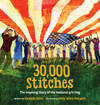 Amanda Davis is a teacher, artist, writer, and innovator who uses her words and pictures to light up the world with kindness. 30,000 Stitches: The Inspiring Story of the National 9/11 Flag is her debut picture book. Find out more at https://www.amandadavisart.com/
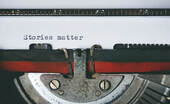 Sarah Jane Abbott is an editor and ghostwriter, who has a passion for helping authors write the very best version of a story. To learn more about Sarah Jane and the services available at Sarah Jane Abbott Editorial visit her website here.
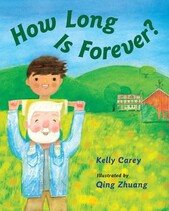 Kelly Carey is the co-founder of 24 Carrot Writing and the author of How Long Is Forever (Charlesbridge, 2020). Learn more about Kelly at www.kcareywrites.com.
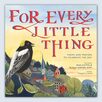 Nancy Tupper Ling is an award-winning children’s author, poet, book seller, and librarian, who has great fun teaching poetry to all ages. Her picture books have received starred reviews from Kirkus and Publishers Weekly, and her newest anthology entitled For Every Little Thing (Eerdmans Publishing) hit the shelves in September 2021. Visit Nancy's website at www.nancytupperling.com/
 Founder of the Writers’ Loft community, and developer of the Creatively WIN method for writers, Heather wears many hats. She is a professional mentor, publisher, editor, author, conference director, and Pokémon catcher. Her most recent project is a non-profit she co- launched with Kristen Wixted that aims to get books into the hands of vulnerable kids. To learn more about Little Book Locker, click here. Find out more about Heather at www.heatherkellyauthor.com  Kristen's picture book, Miss Rita, Mystery Reader, which she wrote with her nephew Sam Donovan (who spent a lot of time sitting in the chair when they were revising) is coming out May, 2022 from MacMillan FSG Young Readers. When Kristen is not writing she's usually working on Little Book Locker which people can find out about at LittleBookLocker.org. Her website is kristenwixted.com
 Annie Cronin Romano is one of the co-founders of 24 Carrot Writing and is a published picture book author. In addition to her love of kidlit, she also writes adult fiction, works as a bookseller and library assistant, and is a literary associate with Olswanger Literary. Learn more about Annie at www.anniecroninromano.com.
 Amanda Smith is a co-founder of 24 Carrot Writing. Her poems "Stingray" and "Cuttlefish" can be found in the Writers' Loft's newest illustrated anthology Friends and Anemones: Ocean Poems for Children. Learn more about Amanda at AmandaSmithWrites. Bonus Gift Ideas: Let's be honest. We don't always need more stuff. Often an experience or thoughtful donation to a bookish cause will warm the cockles of a writer's heart more than any physical object. Consider giving a yearly membership to a local writing organization or community such as the Writer's Loft, a craft related online course or workshop, or an SCBWI-membership. Or perhaps donate towards a worthy organization, such as Little Book Locker, in the name of the writer in your life, and let them know.
2 Comments
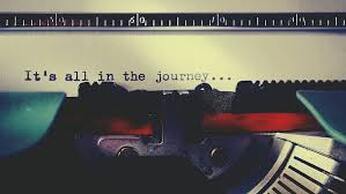
Thank you to 24 Carrot Writing for asking me to blog for them today. It’s a pleasure to be here talking about one of my favorite things: The Query Letter. A bit of background: It’s no secret that I’d queried a lot in the early 2010s (I’ve written about it in a bunch of places -- Articles about Querying and Writing - Query Godmother). After a few false starts, I signed with my third agent in the summer of 2013. This past summer, after seven years with the same agent, we parted ways—and I was honestly feeling like a bit of a failure. I’d been hoping for feedback on a manuscript and wasn’t prepared for my agent to be downsizing their list. In the middle of 2020, I took it really hard. All this to say that anyone can be in the query trenches. Writing a query can be scary. Remember, a query letter is a tool. It’s a way to put your words into the world. Don’t overthink the query letter. It’s manageable. There are parts to it. 1. Introduction (and opening paragraph): Sometimes this is called the “hook” part of the query. Include the title, the word count, the target age, and the genre of the book. A short tagline (elevator pitch) can be included in this section as well. It is not mandatory, though. If you have something personal to add, like that you met the agent at a conference, or took their workshop, do that here. If you don’t have anything personal, don’t force it. 2. Book section: Think of this as your back cover copy. This is the most important part of the query. Be specific, but brief. Try to express how your book is different than others. Use specificity about character goals, stakes, and motivations. This section should be the longest—after all the query is about your BOOK. Make sure you are answering these questions in this section:
Something about yourself and your expertise. What makes you the person to write this book? If you have any relevant published works, mention them here. Keep this part business. Don’t include things about your family or hobbies. Query strategies:
I’ll be honest, I have yet to sign with a new agent. However, my request rate is over 20%, so I feel like my query letter is working, and there are several people considering my work. Keep track of this sort of data, so you know when to revise and/or move to the next manuscript. Jumping into the querying pool can help you put aside your fears and anxieties about your work. Querying is forward motion. It is taking control of your career. Know yourself and what works for you. I wish you all good luck in 2021.  Bio: Kristine Asselin is the author of several works of children’s nonfiction, co-author of the middle grade novel The Art of The Swap, as well as the YA novels Any Way You Slice It and Falling for Wonder Boy. She loves being a Girl Scout leader and volunteering with the Society of Children’s Book Writers and Illustrators. She is a sucker for a good love song (preferably from the 80s), and can’t resist an invitation for Chinese food or ice cream (but not at the same time!). She lives in Central Massachusetts with her teen daughter and husband, and spends part of everyday looking for a TARDIS to borrow. 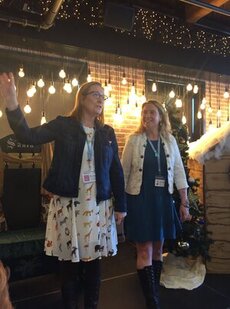 Kristen and Heather at the launch of AN ASSORTMENT OF ANIMALS. Kristen and Heather at the launch of AN ASSORTMENT OF ANIMALS. ~ Guest post by Heather Kelly and Kristen Wixted Hold onto your hats, folks, this will be a long post. But our goal is to give you a blueprint for following your dreams of holding your book in your hands! It’s Heather Kelly and Kristen Wixted here, publishers and editors at Writers’ Loft Press and Pocket Moon Press. Not only do we indie-publish our own stuff, but we publish anthologies and mentor other writers to publish their own work. Check out our previously published anthologies: Firsts, An Assortment of Animals, Friends & Anemones, and Heather’s workbook to help you get the writing done, Jumpstart Your Writing in 30 Days. Today we’re going to take you on a journey to publication using Tom Franklin’s brand new steampunk Middle-Grade adventure story, The Pterrible Pteranodon, as a guide. THE MECHANICS: Tom started with a very clean draft that had been critiqued and edited. Pro Tip: Throw your manuscript into Pro-Writing Aid for a final polish! We recommend hiring freelance editors and copy editors at places like ALLi—the Alliance of Indie Publishers, Reedsy, or other indie-friendly forums. Next, Tom hired Robert Thibeault to create a genre-specific cover. Tom did his research by checking out his genre bucket at Amazon. Make sure to check out your genre-bucket best-sellers at Amazon before you choose a type of cover. For example, here are the best sellers of middle-grade steampunk at Amazon: Robert Thibeault designed an amazing and genre-specific cover: Hopefully, you can see how it would not only fit alongside the books in its genre but also stand out. It looks great as a thumbnail. Very important in this digital age! Pro Tip: Choose a type of cover that sells well in the genre. What you love as a book cover might not be what your reader loves. Sometimes as authors, we have to put our personal preferences aside! Here’s a closer look at Tom’s cover, so you can see the details: You can see here how an artist and book designer make a cover—it wraps around. Isn’t that cool? REACHING YOUR READERS: While Tom was waiting for his cover art masterpiece, he put up a freebie so people would sign up for his mailing list. Having an email list—direct contact with fans—is the most important piece of the publishing puzzle. Without this, every time you publish a new book, you start from scratch looking for fans. Tom gave away the first few chapters of his book and audio files of his book to entice people onto his list. Check it out here. Go ahead and sign up—Tom is going to KICKSTART this book, and you get to walk through the steps with him! (See the countdown page here!) Don’t just hide your freebie and the sign-up to your list on your personal website—plug it into one of the sharing sites that go directly to fans. Right now, two of the biggest sites are BookFunnel and StoryOrigin. Using sites like these, Tom doubled the number of fans he had on his list! Pro Tip: Story Origin is still in beta, so it’s currently FREE to use! Nothing beats free! Once you have fans, interact with them on a weekly or regular basis. Use email companies like MailChimp or mailerlite to do this professionally. Pro Tip: Make sure to consider who your fans are and give them what they are looking for! Remember that the people who sign up for your list are readers of your genre (or parents of the readers) and not just other writers or your friends. Formatting/Book Design: Use a program like Vellum (only for Macs) to format the inside of your book, or use the free program at Reedsy. Reedsy is a great one-stop-shop for finding indie-publishing support in general. PRODUCTION: While growing his email list, Tom finished all the production pieces. Here’s a list you can use:
Upload all the pieces (formatted correctly) along with the final cover artwork to Ingram Spark. Pro Tip: if you pay to be a member at ALLi you get a code for free uploads and Kindle Direct Publishing (KDP has free uploads. Upload your ebook to KDP and choose to either have your book in Kindle Unlimited or use a distributor to go wide (like Draft2Digital) Pro Tip: Sites like Ingram Spark and KDP are often wonky, so make sure to save all your keywords and descriptions and bios elsewhere and paste them in. We have had some tense moments in the past! Pro Tip: You can purchase keywords that work in your genre at K-lytics, KPD Spy, or Publisher Rocket, to attract the right online buyers. Oftentimes as authors, it’s hard for us to think about what search words readers use! These keywords help people find your book when they search for it. If this seems like it’s a costly process, it can be. We generally budget $1,000 for a novel. (For an original cover like Tom’s from an artist, it’s much more!) But you can publish on a shoestring budget, by buying your cover premade (there are so many sites to use--just search for ‘premade book cover’) or by bartering. If you know someone who is a cover designer, and you are a great editor, trade those skills! Pro Tip: It’s okay to publish with the budget you have and then upgrade things as you go! FIND YOUR "WHY?" One of the most important questions to ask, before you start this process, is, “Why?” Why are you indie-publishing? If you want to see your book in your local bookstores:
If you want to make the most money you can:
Whatever you do, don’t go it alone. Some of the best resources for authors starting out on the Indie-pub path are Joanna Penn’s podcasts, the Facebook Group 20 Books to 50K, and joining an indie pubbing group. We have a virtual one at the Writers’ Loft if you’d like to join (email [email protected] to get on the email list). It’s run by Dave Pasquantonio who is also a freelance editor and knows a ton about book promotion. We promise, once you get going, things get easier, because you keep running into the same people, the same sites, and most of the people you run into are very supportive! So that’s another part of the job—be supportive of your fellow writers. Pro Tip: Don’t shortchange your readers—oftentimes the beautiful things that we love about books are simple enough for indie-publishers to achieve. See the gears that Tom added to each page number, the way his cover artist put the Pocket Moon Press logo into a gear, and how Tom invites his reader to read on into the next adventure! Phew, we covered a lot, right? Thanks to 24 Carrot Writing!
Feel free to leave us questions in the comments! Just out of curiosity, did we make you open up a billion tabs? We might just give a prize for the person who fesses up to opening a ton of tabs! Heather generally has at least 25,000 tabs open on her screen on any given day. (Let us know in the comments and we’ll pick someone at random.) Did you sign up for Tom’s email list so you can follow his further adventures in Kickstarting? We can’t wait for that process. (That’s another blog post)! 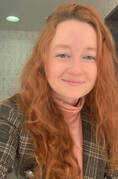 Guest blog by Sarah Jane Abbott As a writer myself, I understand the struggle of trying to figure out when a story is “finished.” Is it ready to submit? Or does it just need a few more months of tinkering before it’s ready to be extracted from the bowels of my laptop? The truth is, it’s easy to make little adjustments to a manuscript forever and never send it out. There’s a fine line between putting thoughtful, thorough revision into your manuscript and completely overworking it. So how is one to decide when it’s time to stop tinkering and start querying? Take A Step Back One of my best tips is to take a step back for perspective. It’s easy to get so close to a manuscript that objectivity is impossible; if you’ll excuse the cliché, you can’t see the forest for the trees. So put the manuscript away and work on something else. Try not to even think about it for several weeks. Then, when you come back to it, it should feel fresher and you may be able to see it in a way you couldn’t before. Maybe you’ll realize it needs more revision after all. Or maybe, after being away from it, you’ll see that it’s stronger and more polished than you remembered. 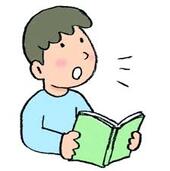 Read Aloud Picture books are a unique and special form in literature in that they are often read aloud. I always suggest that authors read their work out loud before finalizing it. This will help you see numerous things: Is the language colorful and engaging? In a rhyming text, do the rhyme, rhythm, and meter flow naturally? Does the pacing move along quickly enough to keep a child’s attention, while allowing time for the plot to develop? If all of these things feel good during read aloud, it’s a positive sign that the manuscript is polished. Get Feedback from Critique Partners Another helpful tool to gauge readiness for submission can be input from a trusted critique partner or group. It’s one thing to have a non-writer family member or friend read your work; you’ll often be met with sincere, but vague feedback like, “this is really great!” Peers who are familiar with the world of writing for children specifically will be able to give targeted, constructive feedback on your work. Your critique partners can give their honest opinions about the readiness of the manuscript for submission and, if they think it still needs work, their thoughts on how it can be revised. The possible pitfall, of course, is taking so much feedback from so many critique partners that you lose your own voice or intention. Maybe you’ve followed several different suggestions and ended up with so many different versions of your manuscript you barely remember the story you were trying to write in the first place. Maybe you’ve written both rhyming and non-rhyming versions, both first and third person narration, in past and present tense. It gets confusing! Or maybe you’ve tinkered and tinkered and even though you think it’s a strong manuscript, you just can’t seem to make yourself press send on any queries. If you feel stuck, maybe it’s time to bring in a professional. A freelance editor can use their experience and industry knowledge to give you an expert opinion on your manuscript’s readiness for submission as well as what areas need revision. They can read multiple versions and tell you which one they think is the strongest, or help you pull together the best pieces from different iterations of the manuscript to make the heart of your story shine through. Celebrate! Most of all, the important thing to remember if you’re thinking you’re ready to query is: it’s a big accomplishment just to be at this point! So take a breath, take a step back, and read through that manuscript one more time. Pressing send can be scary, but once you’ve put in the work to polish up a story you’re confident in, it’s an incredibly satisfying feeling to send it out into the world. 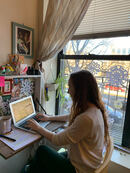 Sarah Jane Abbott is an experienced editor who has spent eight years making books for children. She got her start at Simon & Schuster’s Paula Wiseman Books and Beach Lane Books, where she had the pleasure of working with many wonderful authors and illustrators including Samantha M. Clark, Samantha Cotterill, Scott Magoon, Anita Lobel, Alice B. McGinty, and Diane Goode. In 2020, she established Sarah Jane Abbott Editorial, and works with authors and publishers on a wide range of projects. Visit her at sarahjaneabbotteditorial.com or get in touch at [email protected]. 
~Guest Post by Amanda Davis
Hello fellow-24 Carrot Writers! My name is Amanda Davis. I’m an author-illustrator and high school art educator. My debut creative nonfiction picture book, 30,000 STITCHES: THE INSPIRING STORY OF THE NATIONAL 9/11 FLAG, will be hitting shelves May 4th. The story is illustrated by the amazing Sally Wern Comport and will be releasing with WorthyKids/Hachette Book Group. Thank you to the 24 Carrot Writing team for inviting me onto the blog today. I’m excited to kick off my MINI BLOG TOUR for my cover reveal (more about this at the end of the post) by chatting about all things nonfiction. I learned a lot about writing nonfiction from crafting my debut and attempted to boil my process down to the Three ‘R’s of Writing Nonfiction for Children. Let’s dive in!
1. The first ‘R’ of Writing Nonfiction for Children is RESEARCH:
The research for my debut picture book, 30,000 STITCHES began seven years before I ever started drafting a manuscript for it. Late summer of 2011, I was searching for a lesson I could facilitate with my high school art students to honor the tenth remembrance of 9/11. As I was researching, I came across the story of the National 9/11 Flag and knew I needed to share it with students. We learned all about the flag and then created our own patched together flag inspired by the story
The story of the flag continued to linger, and as I began more seriously diving into the world of kidlit, I was drawn back to it. I have a background in journalism so uncovering stories, facts, and resources, is right up my alley!
My boiled down nuggets from the research are:
2. The second ‘R’ is for REVISION: After the bulk of my research was complete (or so I thought), I began to revise my story…and revise…and revise again. Looking back, I’m afraid to officially count the number of versions I have so I’ll just leave it at countless. We all know that revision is part of every writer’s process but I noticed I felt an added weight when it came to writing nonfiction because there was no room for error when it came to relaying the facts of the story and the subject matter. My boiled down nuggets for revision are:
3. The third and final ‘R’ in writing for nonfiction is REPEAT: Once you land a deal for your nonfiction story, your research and revision will most likely be on repeat. There will be questions to answer, details to check, and countless times you will dive back into your sources for information.
If you are taking on the challenge of writing nonfiction, hooray! I hope you found these nuggets of information helpful in your process. For me, there is an undeniable pleasure in knowing that I’m sharing an important, true story with the world and making it accessible and fun for children to read and learn about. What could possibly be cooler than that? I’d like to leave you with one final BONUS ‘R’ for the road, which is ROCKS, because simply put, when you truly boil it all down, nonfiction ROCKS! I hope you will join me in celebrating my cover reveal by following along with the tour. I’ll be stopping by the places below, and using the #30000StitchesTour. There will be fun giveaways and prizes along the way!
Today’s giveaway is a chance to win one of 10 (ten) signed copies of 30,000 STITCHES!
Enter the giveaway below. Be sure to check out tomorrow’s stop on the tour over at author, Brian Gehrlein’s PB Spotlight blog. I’ll be in conversation with my agent for 30,000 STITCHES, Melissa Richeson, and she’ll be offering a generous giveaway. Stay tuned! Happy Creating! ~Amanda Enter for a chance to win one of 10 (ten) signed copies of 30,000 STITCHES here: Amanda Davis is a teacher, artist, writer, and innovator who uses her words and pictures to light up the world with kindness. After losing her father at the age of twelve, Amanda turned to art and writing as an outlet. It became her voice. A way to cope. A way to escape. And a way to tell her story. She was thus inspired to teach art and pursue her passion for writing and illustrating children’s books. Through her work, Amanda empowers younger generations to tell their own stories and offers children and adults an entryway into a world of discovery. A world that can help them make sense of themselves, others, and the community around them. A world where they can navigate, imagine, and feel inspired—over and over again. When she’s not busy creating, you can find her sipping tea, petting dogs, and exploring the natural wonders of The Bay State with her partner and rescue pup, Cora. Amanda is represented by Jennifer Unter of The Unter Agency. Her debut picture book, 30,000 STITCHES, hits stores May 4, 2021 with WorthyKids/Hachette Book Group. To connect with Amanda and learn more about her work: Visit her online at amandadavisart.com (http://amandadavisart.com/) Twitter @amandadavisart (https://twitter.com/amandadavisart) Instagram @amandadavis_art (https://www.instagram.com/amandadavis_art/) and Facebook. (http://facebook.com/amandadavisart) 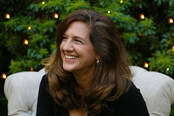 Guest post by Francine Puckly A little over a year ago I made the very difficult but necessary decision to retire from 24 Carrot Writing after five wonderful years. I have missed the camaraderie with my friends and co-founders, and I’m excited to be invited back this week to talk about what I hold near and dear — reimagining creative visions, establishing long-term plans, and setting tangible, immediate goals. Each new year I take several hours (or sometimes a luxurious whole day!) to celebrate the concluding year’s accomplishments and reassess my goals for the year ahead. In the summer of 2019, I saw a large gap in my September calendar approaching — my kids would both be departing for college while at the same time my husband was heading out of town on business. Rather than pack the days and evenings with hikes and dinners with friends (oh, so tempting!), I trusted my gut to take that time for some extensive reflection. I spent four solid days at home — all to myself — to reexamine my writing vision. What I realized during that block of time was that I had become a little too comfortable with my routine and wasn’t exactly thrilled with how I was spending my writing time. I gathered the nerve to make several pronounced changes to my commitments. While it was scary to be unmoored from what was comfortable and familiar, I created an avenue for new opportunities to seep in. And seep they did! I had additional novel-writing time and took on a freelance editing gig in June that led to a full-time writer/editor position in December, but the biggest shift was that I found myself hired by a publisher to write and submit an entire manuscript in seventeen days! The work-for-hire pursuit would not have come about if I hadn’t cleared ample space for it. I was e-introduced to the editor in May, and after an initial video interview, she asked me to submit several writing samples for a couple of different book ideas. We went back and forth several times, during which time I submitted additional samples, incorporated editorial feedback and provided revisions. The editor pitched the project to the editorial team, they authorized it, and we set off on our own version of Operation Warp Speed. (For more details of that process and my takeaways, see Lessons from a Seventeen-Day Book Sprint.) Because I redirected my efforts and reset my long-term goals, The Word-a-Day Vocabulary Workbook, not even a thought seven months ago, hits bookstores today! The poet, Wendell Berry, said it best. “The life we want is not merely the one we have chosen and made. It is the one we must be choosing and making.” What life will you be choosing and making in 2021? Here’s what I wish for all creatives this year (beyond health and well-being): Before you set your goals, may you have plenty of time for self-reflection. May you have the courage to make the necessary changes in your life that will bring joy, surprise, and authenticity to your creative endeavors. And may you trust yourself — always — because, deep down, you know what’s best for you. Warmest best wishes for a joyful writing year! 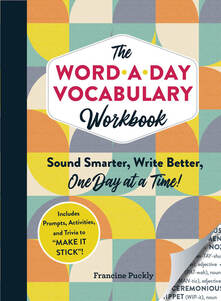 Francine Puckly’s debut book, The Word-a-Day Vocabulary Workbook (Adams Media), is an entertaining nonfiction blend of 365 obscure words, amusing word trivia, and thought-provoking daily writing prompts, perfect for writers who need to get their creative juices flowing each day. It hits stores near you Tuesday, January 12, 2021. You can find Francine online at francinepuckly.com, on Facebook at Francine Puckly, Author, and on Twitter and Instagram @francinepuckly.  Oh, yes! It's that time of year again. Each year as the holiday season approaches, the 24 Carrot Writing crew asks featured guest bloggers to share their favorite writing and/or illustrating gadgets, tools, or items that help them in the creation of their work. Sometimes they share a favorite tool they use in their daily creating; other times it's an item that brings them comfort, joy, or motivation as they work. It is our hope that this writers' gift list provides you with unique holiday gifting ideas, be it for yourself or for the writers in your life. This year, we're posting our list earlier than we have in the past to allow more time for perusing and, of course, shipping! So take a look, and if you have any favorite items that you use in your writing/illustrating, please share them with us in the comments section. We always love to hear from you!
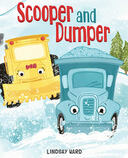 Lindsay Ward is an author illustrator from Ohio. Her most recent book Scooper and Dumper launched from Two Lions in November of 2020. Her work has been reviewed in Kirkus Reviews, Publisher’s Weekly, and The New York Times and she is the founder of Critter Lit, a free online picture book manuscript and illustration critique service for up-and-coming authors and illustrators. Each year, I use a simple composition notebook as a modified bullet journal, and I typically buy them at the beginning of the school year when they are on sale. I use my glue gun to add an elastic loop for my pen and a ribbon bookmark to track my place. I am not a diehard bullet journaler, but I always include a table of contents in the front so I can track story ideas, work on different drafts, notes from webinars, and from meetings with my agent, etc. In the back, I include an ongoing list of every single annual accomplishment/celebration, as small as finishing a draft or a school Skype visit, and as big as a book sale or a major review. Author Michelle Cusolito has wonderful blog post about bullet journaling for writers: https://www.12x12challenge.com/bullet-journaling-for-writers/. At the end of each year, I look forward to reviewing my accomplishments and making a plan for the new year. 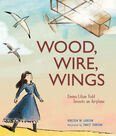 Kirsten Larson is the author of WOOD, WIRE, WINGS: EMMA LILIAN TODD INVENTS AN AIRPLANE (Calkins Creek, 2020) and the upcoming A TRUE WONDER: The Superhero Who Changed Everything, illus. Katy Wu (Clarion, 2021) and THE FIRE OF STARS: The Life and Brilliance of the Woman Who Discovered What Stars are Made Of, illus. Katherine Roy (Chronicle, 2022). Learn more about Kirsten at kirsten-w-larson.com.
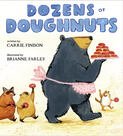 Carrie Finison is the author of DOZENS OF DOUGHNUTS (illustrated by Brianne Farley), released in 2020 from G.P. Putnam's Sons Books for Young Readers, and the upcoming picture book DON’T HUG DOUG which will arrive on shelves in January, 2021. Find out more at https://www.carriefinison.com.
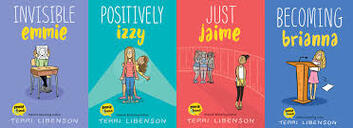 Terri Libenson is a New York Times bestselling children’s book author and award-winning cartoonist of the syndicated daily comic strip, The Pajama Diaries, which ran from 2006-2020. BECOMING BRIANNA, the fourth book in her Emmie & Friends series released in 2020. Find out more at http://terrilibenson.com. It's intended use is to keep track of weekly appointments and such, but I use it to create a visual representation of how much work I've done by marking each completed task with a stamp at the end of the day. When doing the art for a book that's 200-plus pages, the ritual of marking my achievements and watching them stack up over the course of the month feels rewarding... and always having the pad on the corner of my drafting table lets me know when I need to get my butt into gear to meet a deadline.  Kayla Miller is the author and illustrator of the best-selling Click series of graphic novels. The fourth book in the series, CLASH releases in 2021. Learn more about Kayla at https://www.kayla-miller.com. They're small enough to carry everywhere, so as long as you've got a pocket and a pen or pencil, you're good to go. Sometimes I make my own notebooks, but these are very nice ones from the CW Pencil Enterprise, one of my favorite small businesses - they used to be dedicated to selling only pencils (plus erasers and sharpeners), but are about to expand to carrying a variety of other writing tools as well, "prioritizing brands that are local, small and have great sustainability and ethics practices". Excellent! For a really special treat I'm eyeing this bright book. 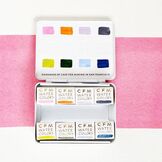 I use watercolors for my illustration work, and am always excited to find a new paint to try out. A few years ago in San Francisco I stumbled across a tiny shop dedicated to handmade watercolors called Case For Making, and I've finally treated myself to a palette and some paints from them. Each color is blended and made by hand in their San Francisco shop, and the business is very small, woman-run, and speaks out about important causes, so I feel good supporting them. Many of their colors are unique, filling gaps I didn't even realize existed in my well loved watercolor palette. 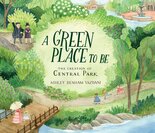 Ashley Yazdani is a picture book author/illustrator, reader, and nature lover. Her Golden Kite Award winning debut book, A Green Place to Be, is currently available from Candlewick Press and can be found at your local bookstore. To learn more, visit http://www.ashleyyazdani.com. 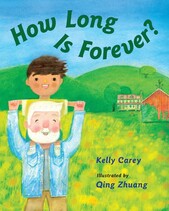 Qing Zhuang is the illustrator of “How Long is Forever?” (written by Kelly Carey and published by Charlesbridge 2020). She is currently writing and illustrating a new book tentatively titled “Rainbow Shopping” due to be released by Holiday House Summer 2022. Visit www.Qingthings.com and follow her on Instagram @Qingthings for more news and information!
 Jordan Standridge is a Marketing Associate at Charlesbridge Publishing. He makes sure authors, illustrators and books gets out into the world! To learn more about Charlesbridge and the books Jordan works with visit the Charlesbridge website by clicking here.
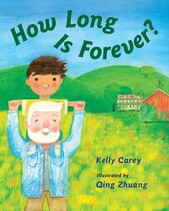 Kelly Carey is a co-founder of 24 Carrot Writing and the author of How Long Is Forever? (Charlesbridge, April 2020). Learn more about Kelly by visiting her website.  Annie Cronin Romano is a co-founder of 24 Carrot Writing and the author of two children's books: Before You Sleep: A Bedtime Book of Gratitude (Page Street Kids, 2018) and Night Train: A Journey from Dusk to Dawn (Page Street Kids, 2019). To learn more about Annie, visit her website at www.anniecroninromano.com.
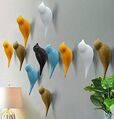 I am also absolutely in love with my DesignSter Resin Bird Coat Hooks. They are awesome for office organization, and a whimsical place to hang library totes.  Amanda Smith is a co-founder of 24 Carrot Writing. Her poems "Stingray" and "Cuttlefish" can be found in the Writers' Loft's newest illustrated anthology FRIENDS AND ANEMONES: Ocean Poems for Children. Learn more about Amanda at AmandaSmithWrites.  Guest blog by Meg Lysaght Thacher When people ask how I found a publisher for my debut book, SKY GAZING, I say “It’s a long story.” Because I didn’t find a publisher. A publisher found me. In June, 2017, this appeared in my inbox: Okay, this does not seem like a short story: publisher contacts me to write a book. I write a book. The End. But why did they contact me in the first place? Storey publishes exclusively nonfiction; they seek out specialists who also have writing experience. I teach astronomy at Smith College, and by 2017 I’d written 19 articles for Cricket’s nonfiction magazines Ask, Faces, Odyssey, and Muse. Their issues have a theme and a content editor, a few of whom work at Sky & Telescope. Thus, my magazine writing led directly to my book. If you’re intrigued by magazine writing, the first step is to find magazines to write for. There’s a list in The Book, available to members on the SCBWI website. Parents’ Choice Award-winning magazines are listed on their website (https://www.parentschoice.org/product-category/magazines/). If you are really serious, get an account on submittable.com, where you can Discover and Follow magazines, get on their email lists, and keep track of your submissions. Next, go to a magazine’s websites and click on “submissions” (often cleverly hidden in the “contact” section). There, magazines list how to submit material, what format they want it in, and most importantly, what the magazine is currently looking for. Finally, read a few issues. Get an idea of the tone of the articles and what kinds of topics they cover. Check your local library or request a sample issue. If you write fiction, you’ll submit a full article. If you write nonfiction, most magazines ask for a query or pitch. A pitch consists of a paragraph or two describing the scope of your proposed article, an outline, and a list of references you will use. Write your pitch in the format requested by the magazine. Your cover letter (or email) should include your qualifications and a hook: why are kids interested in this? Why is this piece right for Magazine X? As with querying agents and editors, your pitch and cover letter should be your best work and reflect your voice. When you’re starting out, submit pitches that are aligned with your career, hobby, or education. If your pitch is accepted, make sure to meet your deadline (say no if you can’t) and write the number of words asked for, in the agreed-upon outline. If your pitch is rejected, remember that most magazines are fewer than 50 pages, and there are other writers submitting their work. Pick yourself up, dust yourself off, and submit some more pitches. Or submit the pitch somewhere else! Not only is magazine writing a great way to get published before you get published, but you will also gain an understanding of the publishing process. You’ll experience working with an editor, meeting deadlines, writing to spec, researching, and writing concisely. All skills that editors and agents appreciate. For a more detailed look at the children’s magazine market, check out The Book, the SCBWI Non-Fiction & Work for Hire blueboard thread, and http://evelynchristensen.com/mags.html. 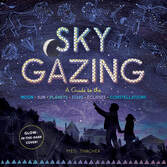 Meg Thacher’s debut book, Sky Gazing: a guide to the Moon, Sun, stars, eclipses, and constellations (Storey Publishing) comes out on October 13, 2020. Find her—and more magazine info—at megthacher.com. To purchase a copy of Meg's debut book click here. 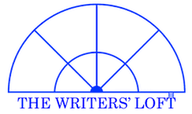 ~Hosted by Amanda Smith The Writers' Loft in Sherborn, MA is a community dedicated to helping writers achieve greatness. They have a quiet, drop-in writing space and a community room for special events or just hanging out. They are also on the cusp of releasing their third anthology, FRIENDS AND ANEMONES: OCEAN POEMS FOR CHILDREN featuring writers and illustrators from the Loft. Many of these Lofters also worked on the first poetry anthology AN ASSORTMENT OF ANIMALS. 24 Carrot Writing asked the illustrators about the experience of working on a joint project. This anthology is a collaborative project involving 30+ creative souls. What did you enjoy about working alongside other creatives? What was easy? What was challenging? In which ways did it stretch you? What aspects did you have to take in consideration as you created and edited your artwork? 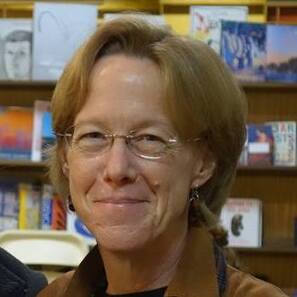 Priscilla Alpaugh: Working on the Anthologies was a rare chance to work with such a large group of artists. It was wonderful to see each other’s work and be able to share constructive criticism with one another. It’s a treat to read the poems that the Lofters wrote. So many talented writers! It’s energizing to know that everyone is working towards the same goal. It is always a challenge to combine different poems on one page or spread. I was lucky and got one of the easier combinations. In each case I went in with a pretty clear idea of what I wanted in the image. Starting with thumbnails for composition and then sketches for content led to a final sketch where I could also consider value. I typically combine watercolor and pencil digitally, but this time it was mostly all digital. To learn more about Priscilla, visit http://priscillaalpaugh.com/ 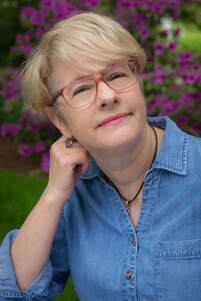 Leanne Leutkemeyer: I enjoyed the feeling of community. I love the energy and excitement of being in a room with creative people. I enjoyed being part of the team. This project introduced me to so many wonderful and talented writers and illustrators. The timing of this project was perfect for me. It took my mind off the world and let me escape into oceans, play with whales and stingrays, and make art. The Zoom meetings helped fight feelings of isolation. However, getting art direction from a group can be a challenge. It can be intimidating to sit shoulder to shoulder with artists you admire. In a meeting full of voices, it’s hard to catch and absorb all of the suggestions as they fly by. I scribbled many notes. It’s more challenging to have group input, but also exciting and inspiring to see the incredible work everyone was putting out. In which ways did it stretch me? I developed new painting techniques to work large and discovered different scanning techniques. I’m excited about the new photoshop skills I’ve picked up through this project. In the past I’ve always fixed mistakes on the illustration as I painted or started over till I got it right. It’s pretty mind-blowing to be able to add an extra tail on a stingray while painting and know that I’ll be able to take the earlier one out that wasn’t working, and not have to repaint the whole illustration. To learn more about Leanne, visit https://www.leanneluetkemeyer.com/ 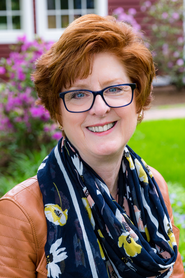 Deb O’Brien: The artists had several challenges in this anthology. We received a lot more poems this year, which meant several poems per spread. Not only did our illustrations have to support each poem, we had to make sure that the art and the poem fit on the page. Another challenge was the Corona virus. Normally, the artists and designers would get together several times to discuss color palettes, design, and layout. This time, we had to do it all via Zoom. We made it work, but it wasn’t easy. Some artists couldn’t even think about art. I was grateful I had this assignment; it gave me focus, direction and deadlines. I was able to block out the world and dive into my work. I’m very proud to be a part of the anthology and can’t wait to see the published piece. To learn more about Deb, visist https://deb-obrien.com/ What did you learn about yourself, your creative process, book-making, and/or marketing while working on the anthology? 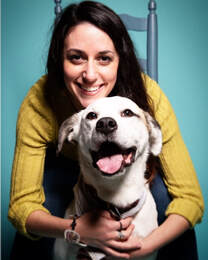 Amanda Davis: I was honored to have the opportunity to illustrate several poems in this year’s anthology. It’s the first time my illustrations are appearing in a published children’s book alongside many other talented creators to boot! For this particular anthology, illustrators brought to life the fun and crazy creatures of the sea. I knew I wanted to garner a likeness to the creatures in the poems while also putting my own original spin on them. Typically, my process involves drawing from my imagination or from real-life models or scenes. Since I didn’t have access to real-life models of vampire squids or narwhals, I knew this part of my process was going to be a challenge. With the help of the Loft team, I learned more about properly using reference images, avoiding copyright issues, and finding creative ways to craft original models using materials such as clay. Because I was illustrating for publication, I also felt an added pressure to get it right. This meant practice, practice, practice and revise, revise, revise! I enjoyed working collaboratively with the other artists and design team who provided me with valuable feedback that helped polish my work. The whole experience was a learning process, and I’m grateful for the knowledge and patience of the Loft community. I can’t wait to share our beautiful, seaworthy collection with the world! To learn more about Amanda Davis, visit https://www.amandadavisart.com 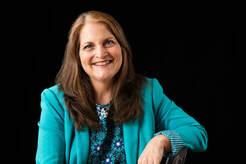 Joy Nelkin Wieder: Working as a team was the most exciting and educational process in working on an anthology with other Lofters. I learned so much about marketing a children’s book from others on the team that I was able to apply everything I learned when my own book launched in January. Everything from writing up a press release, to making contacts at local bookstores and media outlets, to participating in book signings and presentations, to creating marketing materials such as flyers and posters. During the marketing of An Assortment of Animals, I took the lead in putting together art exhibitions of our original artwork from the anthology. Our framed illustrations were displayed at the Art and Frame Emporium in Westborough and the Hopkinton Art Center in Hopkinton. We currently have an online exhibit of illustrations with the Acton Memorial Library – check it out here: https://www.actonmemoriallibrary.org/events-programs/art-exhibition/ Visit Joy's website at http://jnwieder.com/ to learn more. 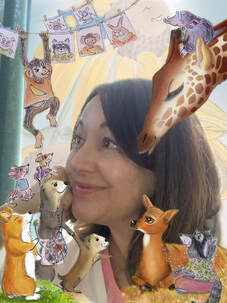 Doreen Buchinski: I was honored to design An Assortment of Animals. It was a wonderful opportunity and a chance to challenge myself. As a graphic designer, I’ve created brochures, logos, promotional materials, etc., but hadn’t explored designing picture books. I was excited and terrified of the herculean project ahead. Applying principals of good design to the book layout—like alignment, balance, repetition, contrast, type, and space—was priority. Tasks included: researching fonts, colors, and on-demand printing, managing art files, emails, edits, and file prep, while also completing my own anthology illustrations. Yes, there were days when the project felt overwhelming—but I stayed focused on each day’s priorities. With superb anthology editors, Kristen Wixted and Heather Kelly, the Writers' Loft founder, at the helm, the development and completion of the book was successful. Collaborating with talented illustrators and authors, and displaying their beautiful art and poetry on the pages of the book were experiences I will always treasure. Visit Doreen's website at https://www.doreenbuchinski.com/ What was your approach when you first received the poem(s) you were to illustrate? Walk us through your process. 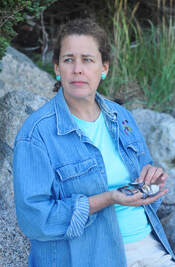 Sarah Brannen: For me, the first step was picking the creatures I was going to illustrate. I went back and forth with the editors as they sorted out who would make art for which poem. I specifically requested jellyfish and they were kind enough to make that work. I also thought I’d like to do sea glass. I was an avid collector as a child and I still have a jar of my very best pieces, which include even rare colors like yellow and pink. Kristen Wixted and I talked a lot about how to group the poems. It was her idea to do a spread of things found on the beach, so that I could do a trompe-l’oeil image of everything spread out on the sand. At the last minute Kristen asked me to illustrate the very last poem in the book, Sea Serenity. My most recent book, A Perfect Day, is set on the ocean and it opens with a very calm image of the ocean at dawn. We both felt that something similar would be perfect to close the anthology as well. I sketched a very old wooden lobster pot buoy that I’ve had since I was little, although I changed the colors to white, blue and green. It’s meant to evoke, in some way, the earth itself. Old buoys have numbers carved into them so I put “2020” on the one in the illustration. My web site is www.sarahbrannen.com. 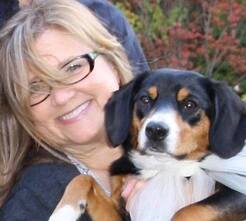 Jodie Apeseche: When illustration assignments were divvied out, I was super excited. I felt that everything was in my wheelhouse-lobsters, cuttlefish, crabs, sea otters, seahorse and sea dragon-yup those would be fun. The tricky part was how to make my illustrations connect to the poems while keeping in my style of painting. For example, after reading Lobster Rainbow more carefully, I was faced with a predicament. I had not realized that I would have to paint 6 different colored lobsters. I couldn’t figure out how to do that without making a very cluttered illustration. Solution, I created a lobster grid a la Andy Warhol. Problem solving is such a big part of illustration and I owe gratitude to author, Jean Taft, for pushing me to that end. For more about Jodie, visit jodieapeseche.weebly.com or http://art-jam.net/ 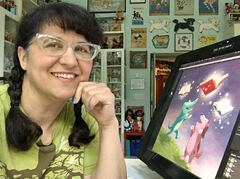 Liz Goulet Dubois: When I first received my poem from Lynda, I was surprised! I was expecting perhaps a short, pithy poem. What I received was an epic tale of a seal, underwater dentistry and a duplicitous shark! I approached illustrating this the same way I would approach a picture book. I distilled the text down to what I thought were the key scenes, and created individual sketched vignettes in pencil that could wrap around and enhance the text. The drawing was challenging also because of the scale differences in the characters depicted: everything from a blue whale down to a jumbo shrimp! After the sketches were settled and approved, I scanned them and colored them digitally, which is my usual method. Hopefully readers will be amused by the sight of a shark brandishing dental tools, and wearing a bib! To learn more about Liz, visit https://www.lizgouletdubois.com/ FRIENDS AND ANEMONES: OCEAN POEMS FOR CHILDREN is set to launch in November and is chock-full of whimsy, fun, and freaky animal facts that will delight children and adults. To learn more about the Writers' Loft visit www.thewritersloft.org/ and www.thewritersloft.org/anthology for information regarding previous anthologies.
By Ashley Benham Yazdani In most picture books the characters that we write about are humans, or animals, or at least some kind of organism. But what if you want to tell the story of a place? When writing my nonfiction book, A Green Place to Be: The Creation of Central Park, I sought to tell the story of one of America’s beloved landscapes and its two designers, Frederick Law Olmsted and Calvert Vaux. My own interest in Central Park began long ago, and was initially driven by curiosity about its creators. When I learned that there was truly nothing natural about the seemingly nature-made landscape of the park, I absolutely had to learn who had made it, how, and why. Olmsted and Vaux’s environmental and social motives were deeply inspiring to me, and I desperately wanted to tell their story. But as I researched and wrote, I discovered new questions. How did the land get to the state where it needed such healing? Who was there before it was a park? How did the land transform into a park, and (I still wonder) how does it compare to how it was before it was occupied by white people? After researching the answers to these and other questions, I found the land emerging as a third character in my writing. Giving a voice to the land is something that has long interested me, and the need to do so now feels more urgent than ever. Our planet has existed long before us, and will continue to go on long after we are gone, but what state do we want to leave it in, really? The Earth is at a tipping point because of our lifestyles, and every word, every action, every book we make on its behalf matters in the fight for a healthier planet. So when I approached my work on Central Park, I felt a real sense of urgency. Olmsted and Vaux sought to preserve the land, bringing it closer to its natural state and healing decades of harm through careful engineering. The end result of their work is a landscape that has flourished, drawing in both wild creatures and humans alike with the magnetic serenity of a natural landscape in perfect alignment with the qualities of its native climate. Theirs is a story that could be recreated almost anywhere today with a bit of work. Unfortunately, we humans seem to have a hard time empathizing with things that don’t look like us, especially landscapes, which have no apparent consciousness. So how do we craft a written portrait of a landscape that makes the reader care? In the case of my book, the success of the landscape was tied with the success of my two other main characters, and I reasoned that if the reader was invested in them, then they would care about the fate of the land as well. Painting a picture of the land through the eyes of humans is just one way to go about it, but you could do the same thing with animals or other organisms, or you could directly give the land a voice and have it speak for itself. These are only a handful of the possible approaches to this, and connecting with the land you are writing for will provide deeper inspiration. You might want to do some character development exploration work when writing for the land. Here are a few of the questions I asked myself when writing for Central Park: •What is the current state of the land? •What is the land’s history? Especially consider its history before vs. after white people were there, or even before indigenous people arrived. •Has the landscape experienced any major changes, or were they gradual? •Who directly made it the way it is today? What can you learn about them? What was their motivation? •Who were the land’s first caretakers? Present caretakers? How do the two differ in ideals or goals? •Was there ever any controversy regarding the land? Did anybody ever damage or exploit it? If so, has the land healed, or does it still need help? •What effect, if any, can you have on the land today? Is there a localized cause that needs attention there? The Earth does speak to us, if we listen carefully enough. It may be slow and quiet, with a pulse that beats at a seasonal pace rather than a human one, but all land does have stories to tell. These are discovered by geologists, archaeologists, historians, and regular unscientific people who simply pay attention to the patterns of nature. Children are particularly wonderful observers in this way. By telling these stories to children (and to the adults that read to them), we can help others to cultivate empathy for the most essential character in all of our lives: the Earth. 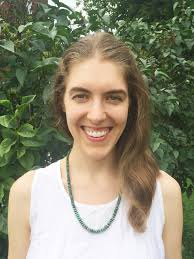 Bio: Ashley Yazdani is a picture book author/illustrator, reader, and nature lover. She received her MFA from the Illustration Practice Program at the Maryland Institute College of Art, and her BFA in Illustration from California College of the Arts. She has taught illustration courses at the Maryland Institute College of Art, and Towson University. Her debut book, A Green Place to Be, is currently available from Candlewick Press and can be found at your local bookstore. Her tools of the trade are watercolors, colored pencils, and Photoshop, but she also enjoys embroidery, block printing, and screen printing. When not pushing pigment or pixels around, Ashley can be found reading, sewing, or running around in the great outdoors. She lives in Minneapolis with her husband and son. |
Peruse blogs for advice and tips from KidLit creatives.
Categories
All
Archives
April 2024
Click to set custom HTML
Click on the RSS Feed button above to receive notifications of new posts on this blog.
|

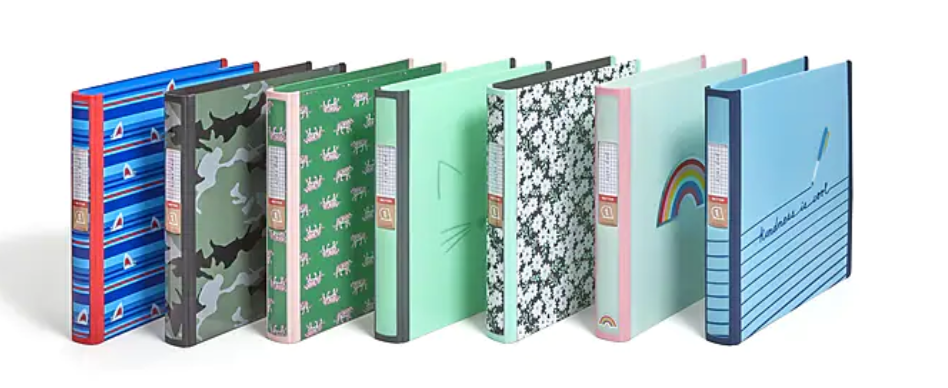
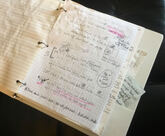
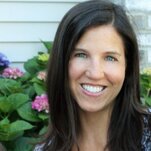
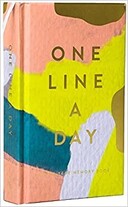
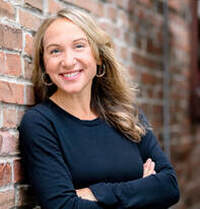
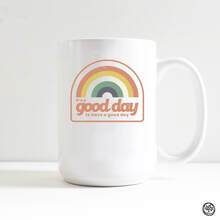
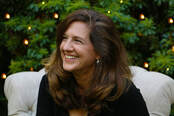

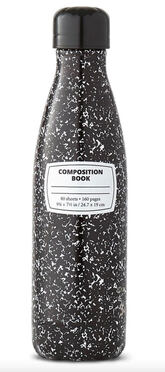

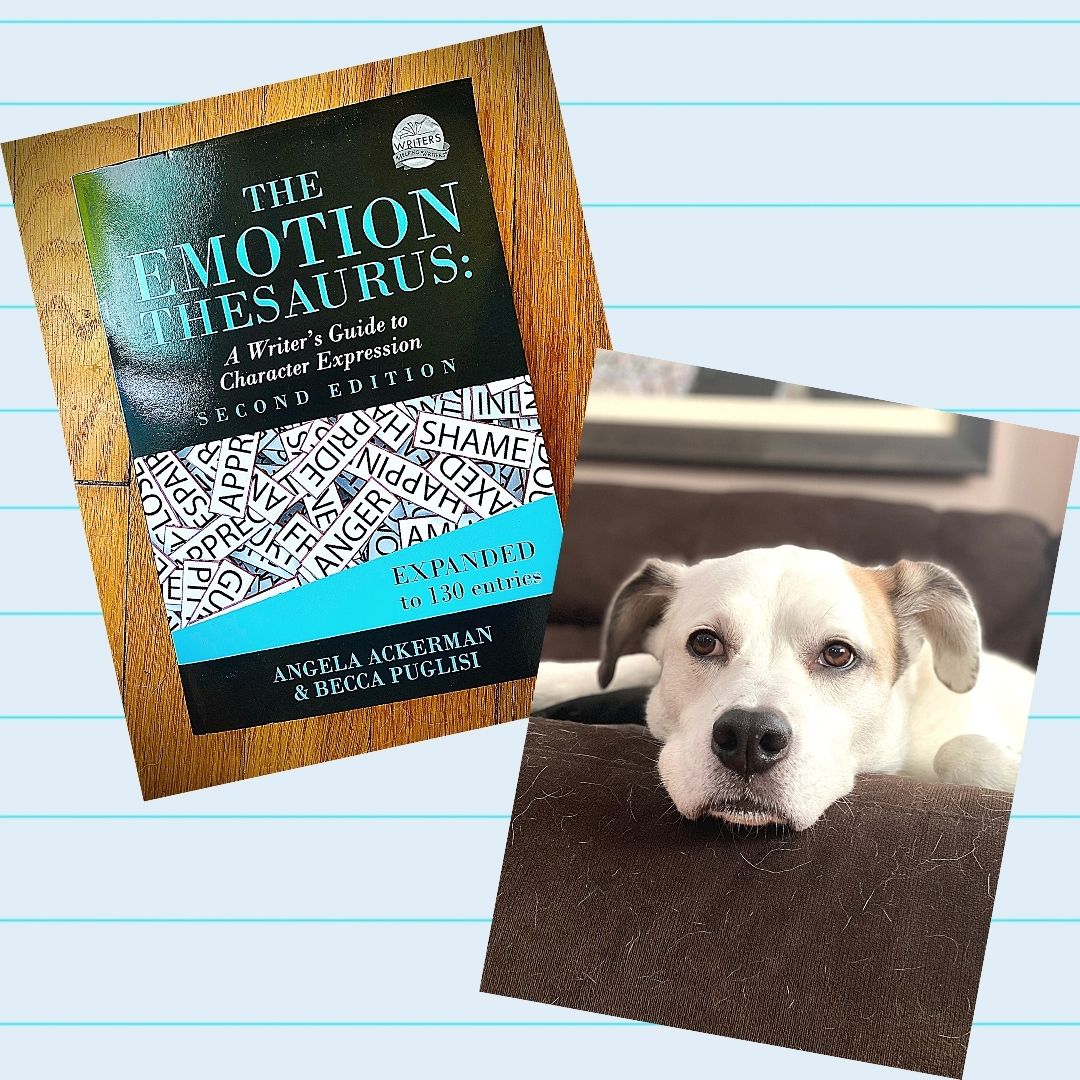
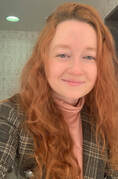
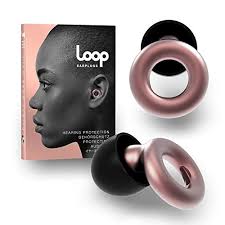

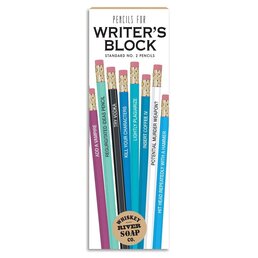
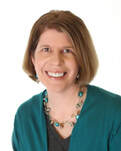
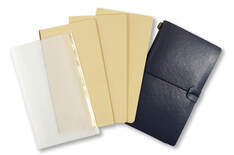
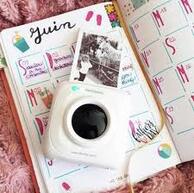
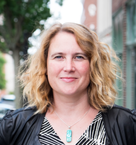
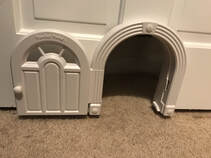
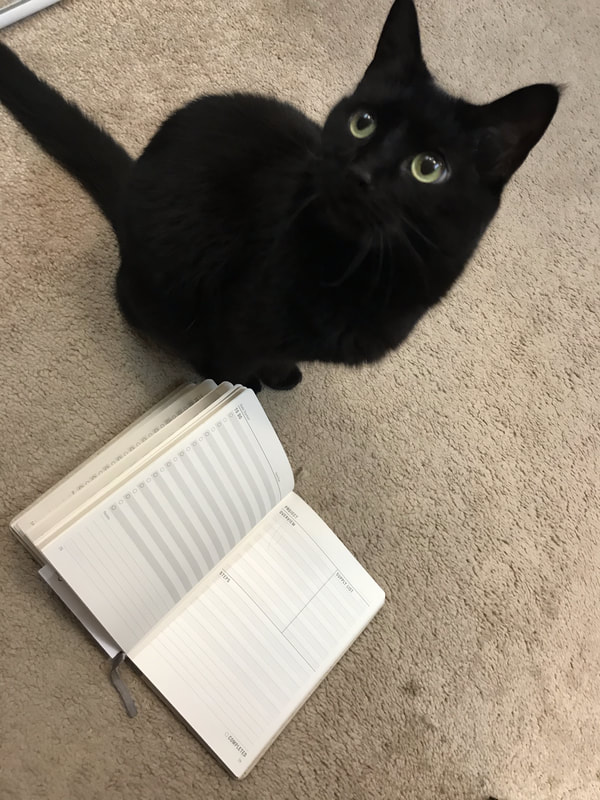
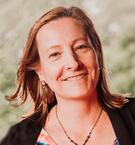
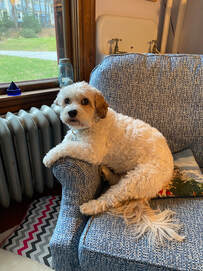
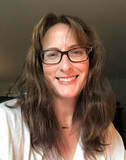
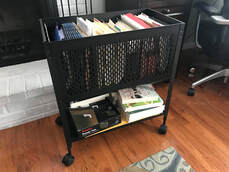
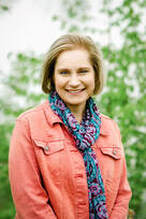

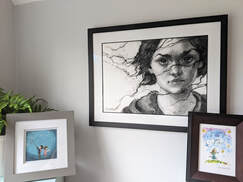
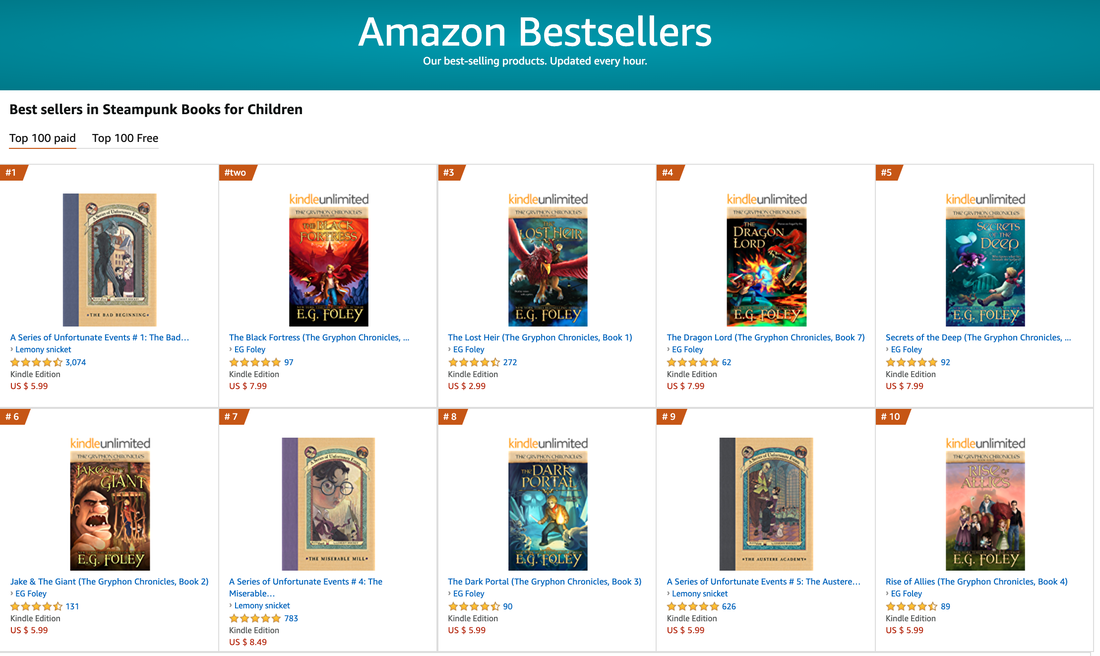
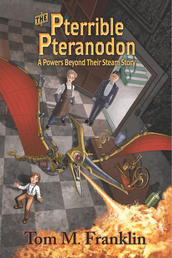

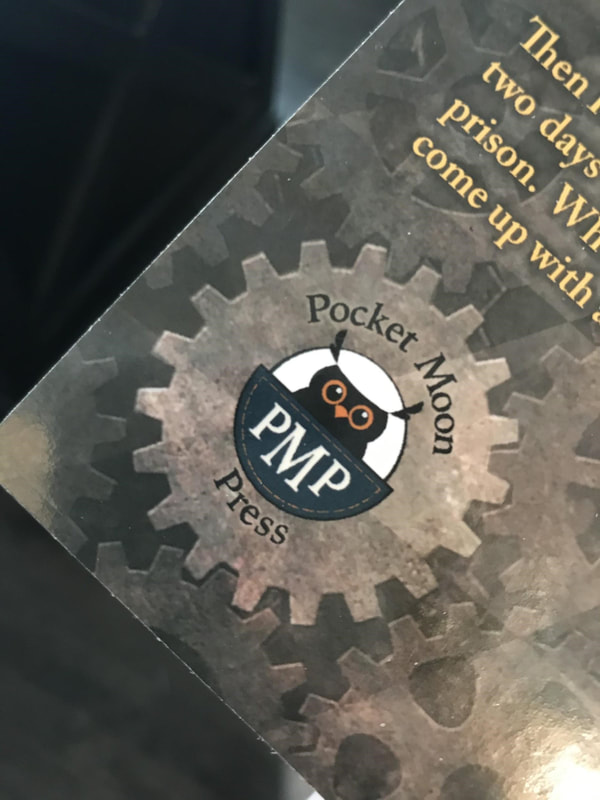
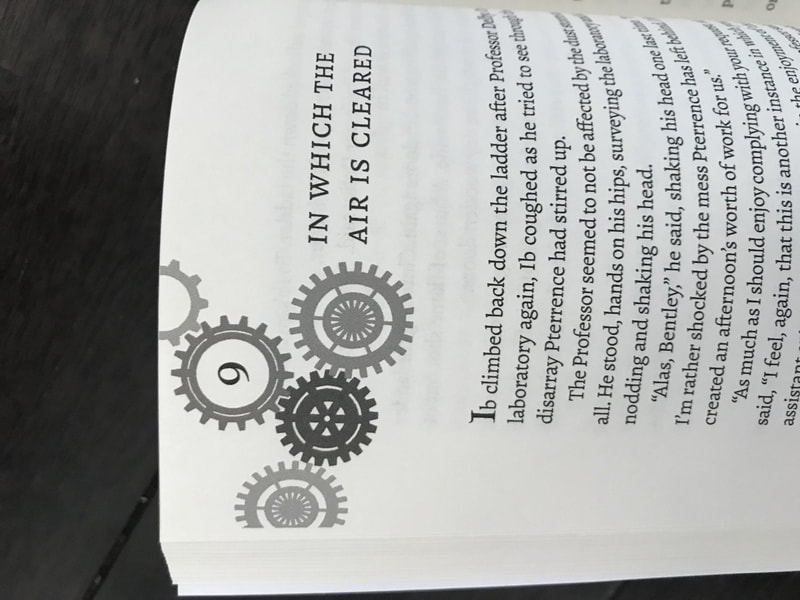
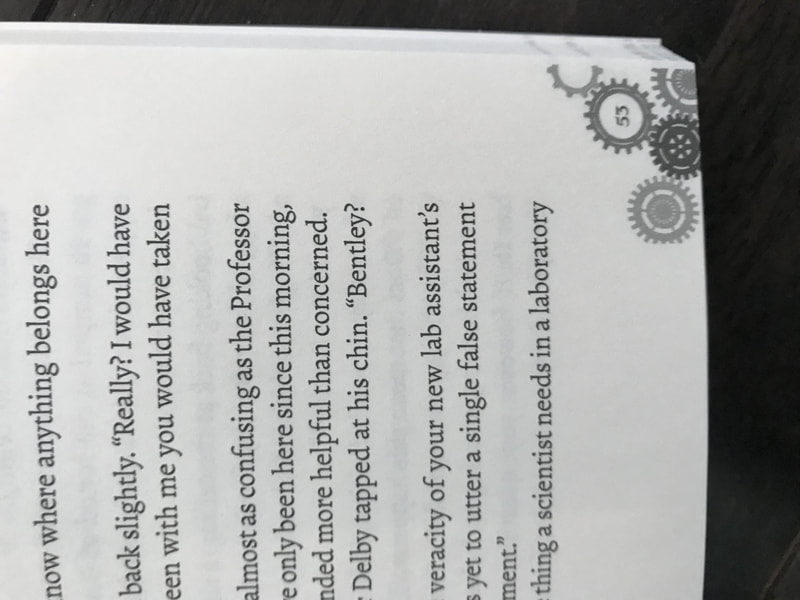
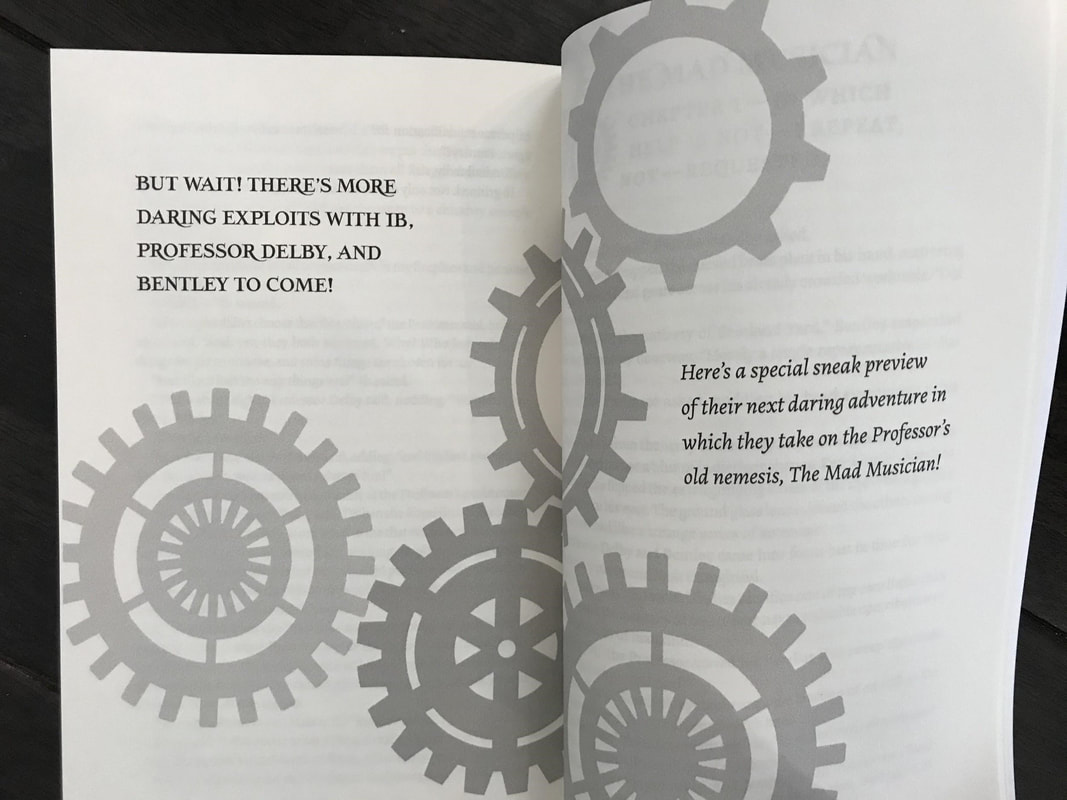
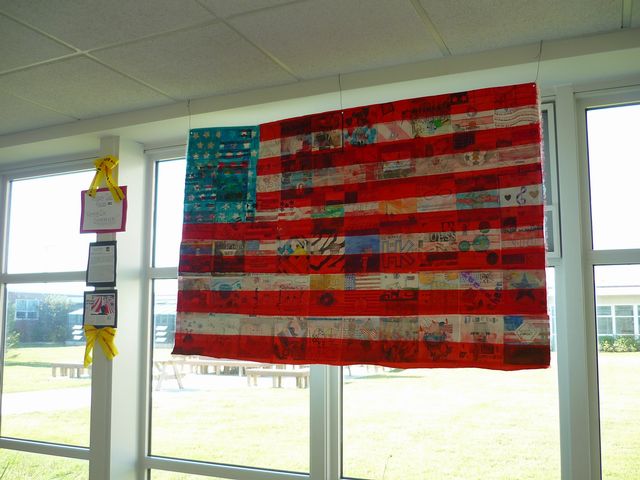
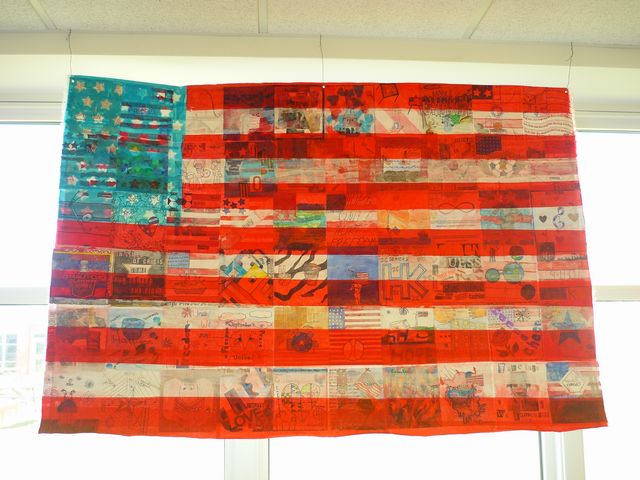
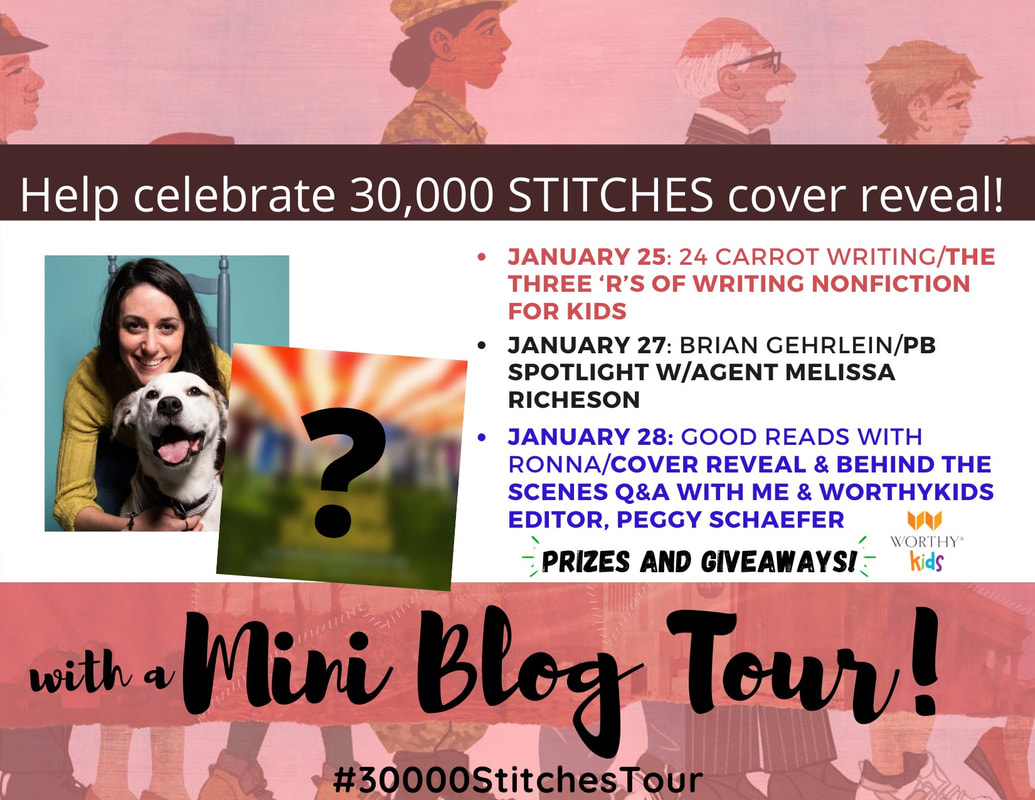
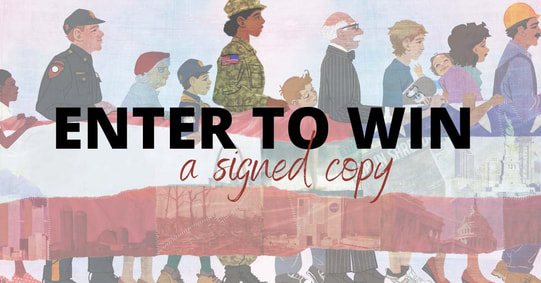
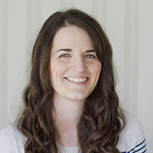
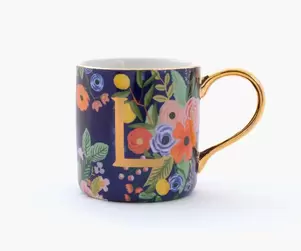
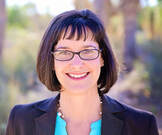
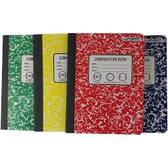

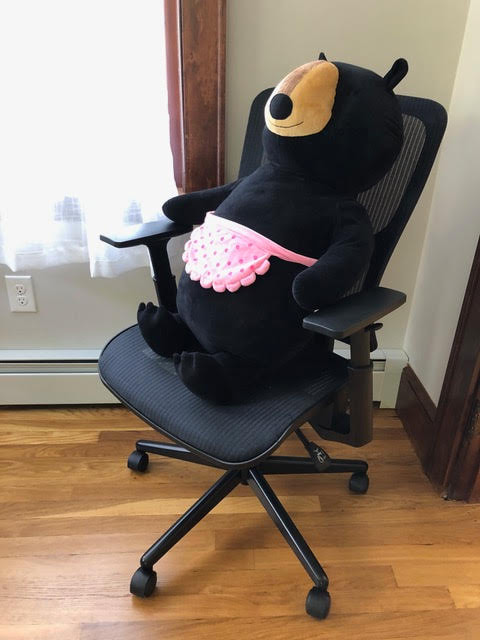
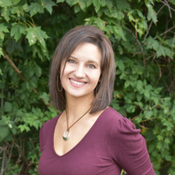

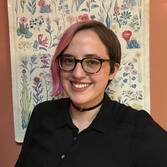
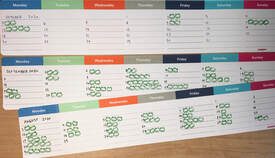
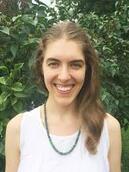
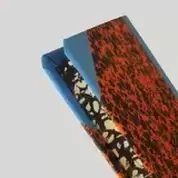
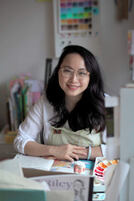
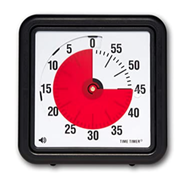

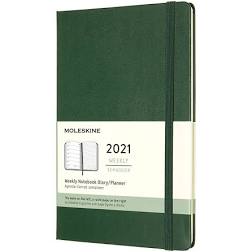
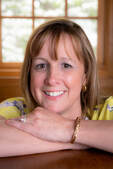

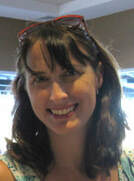
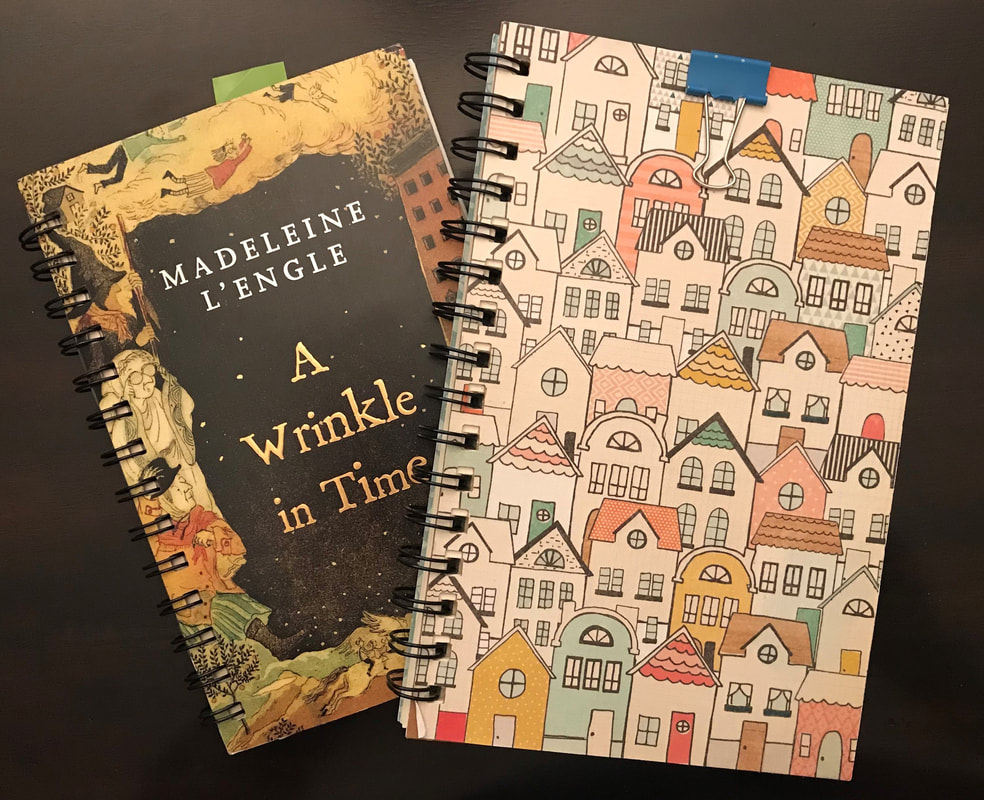
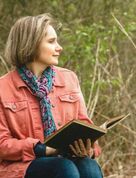
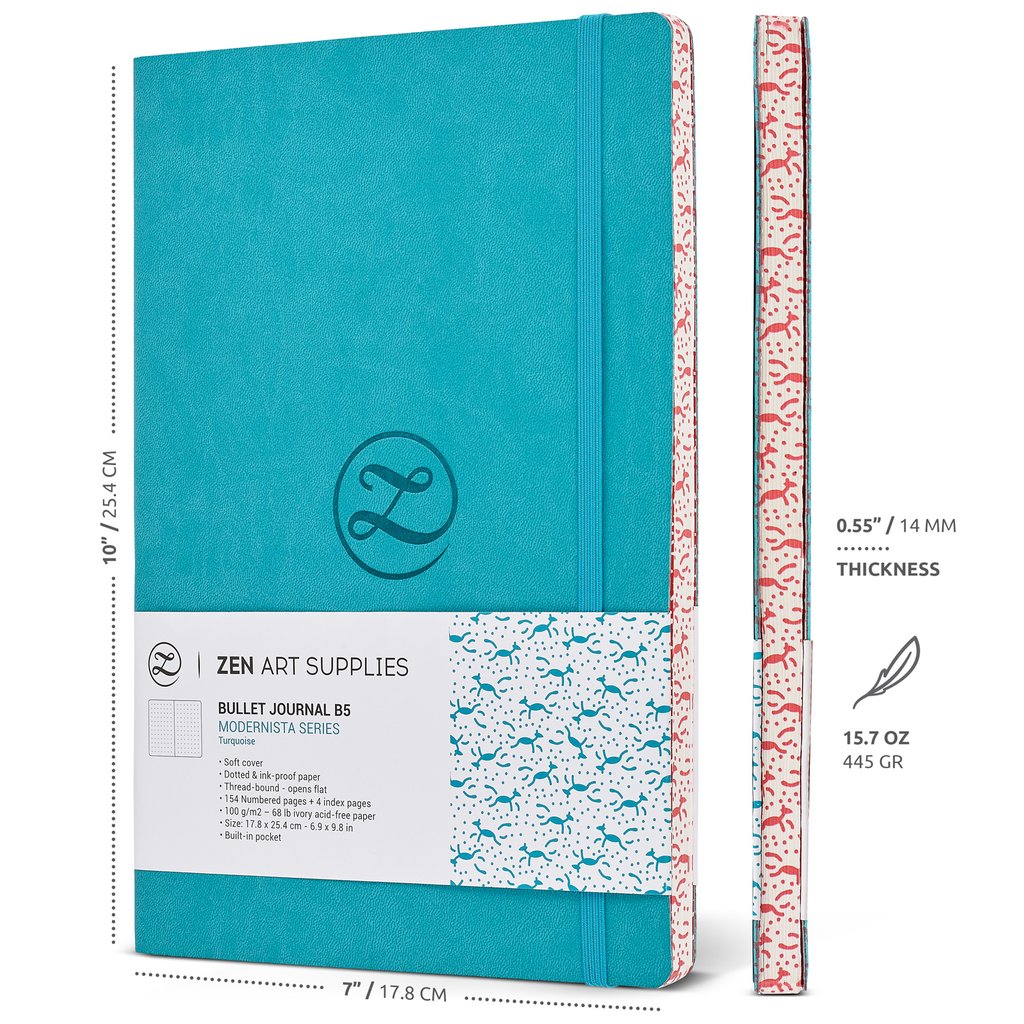
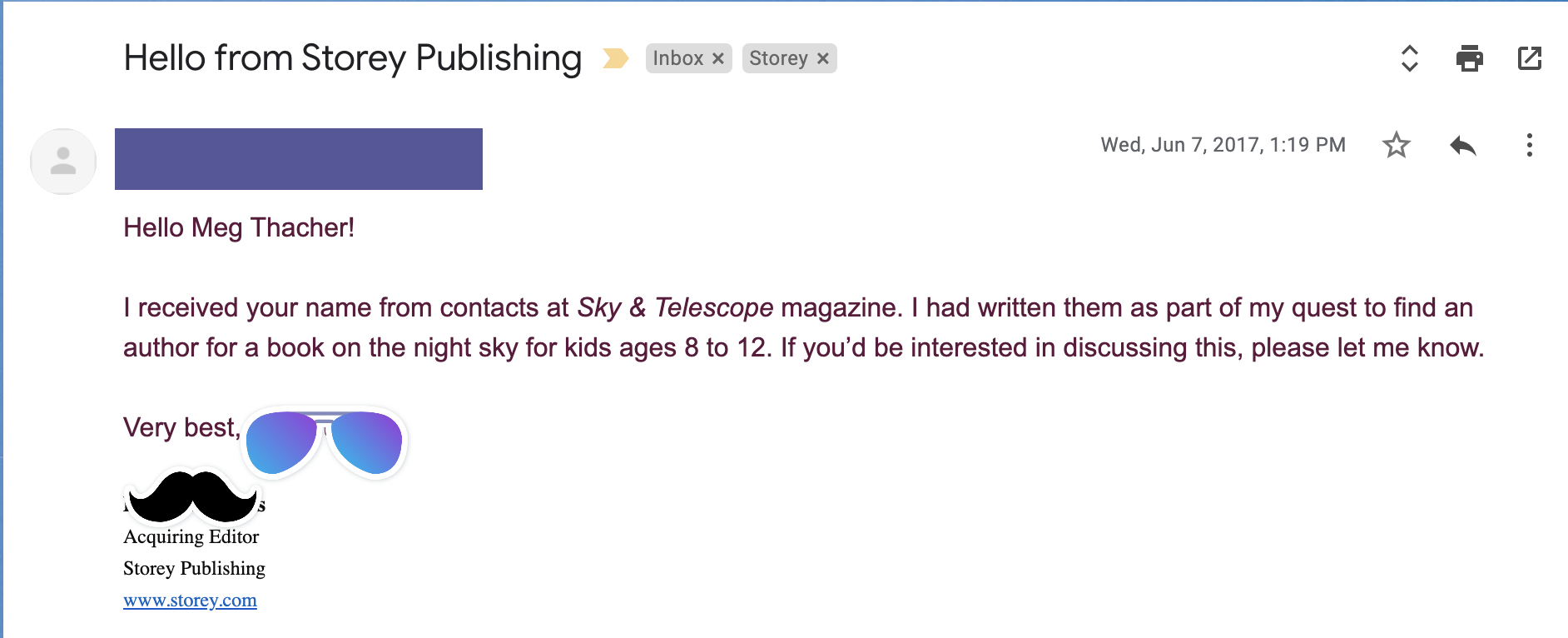
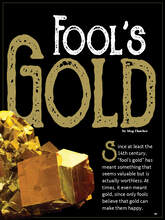


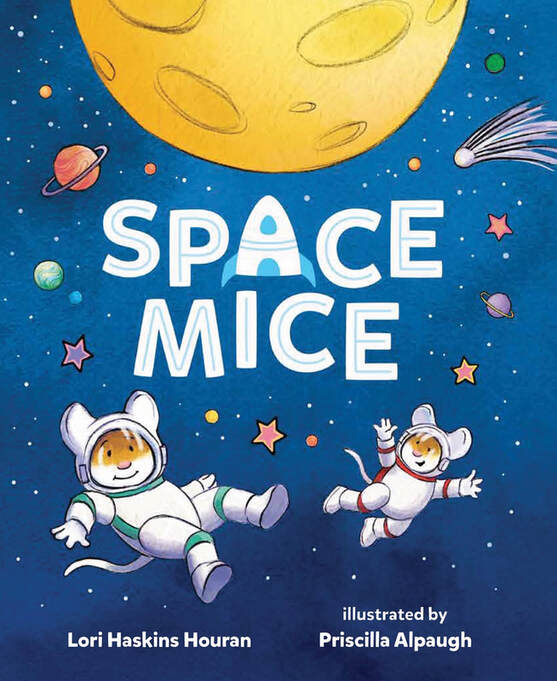
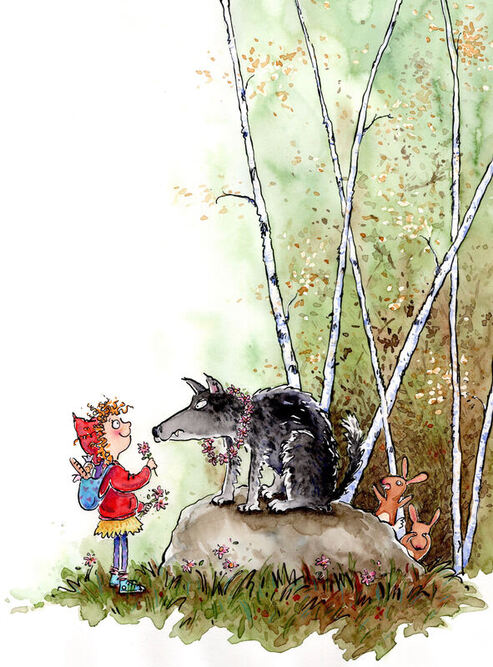
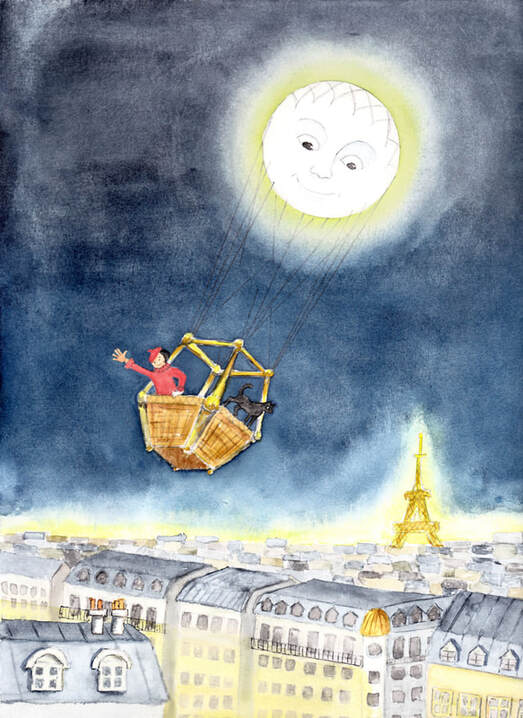
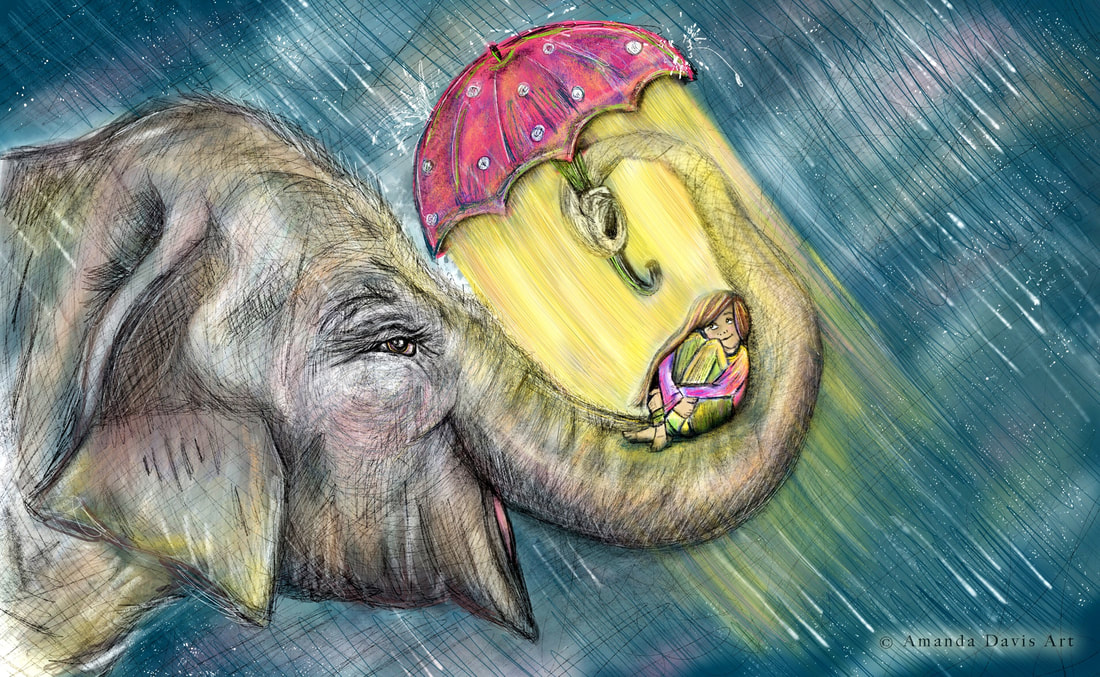
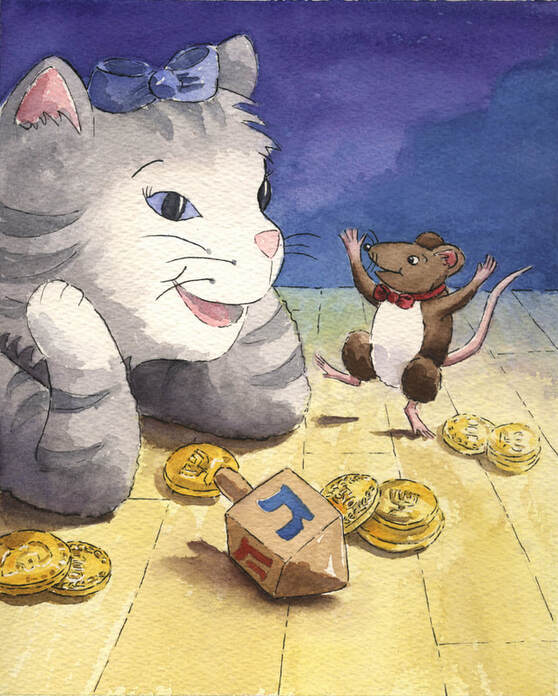
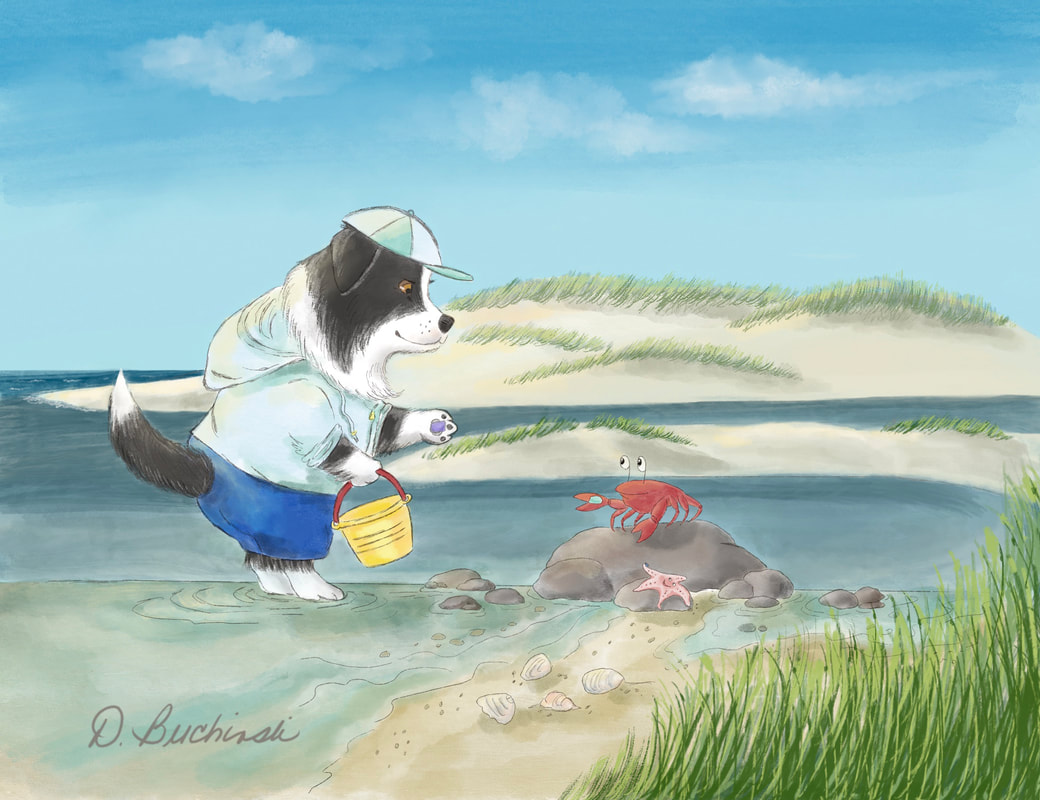
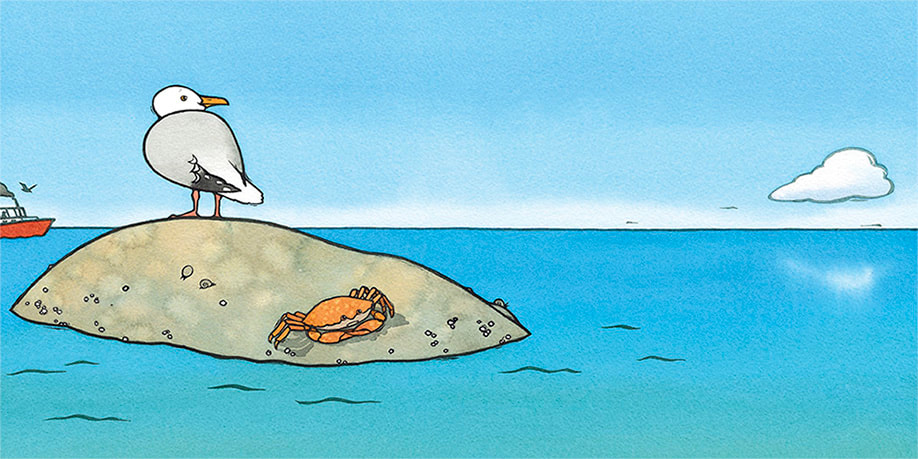
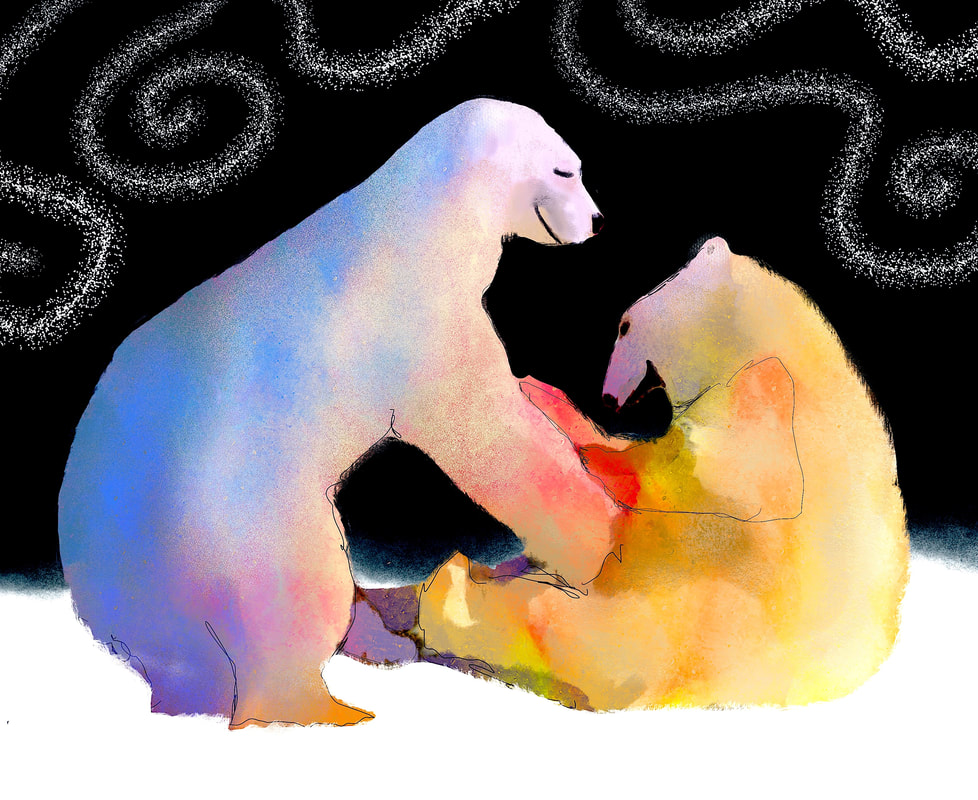
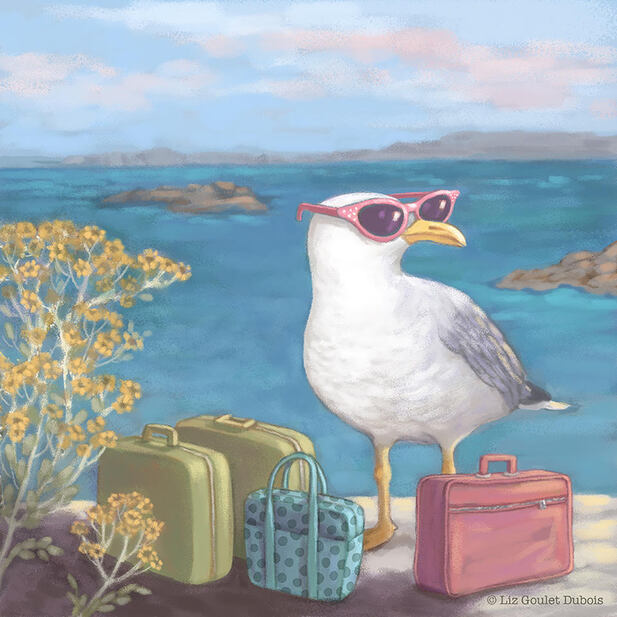
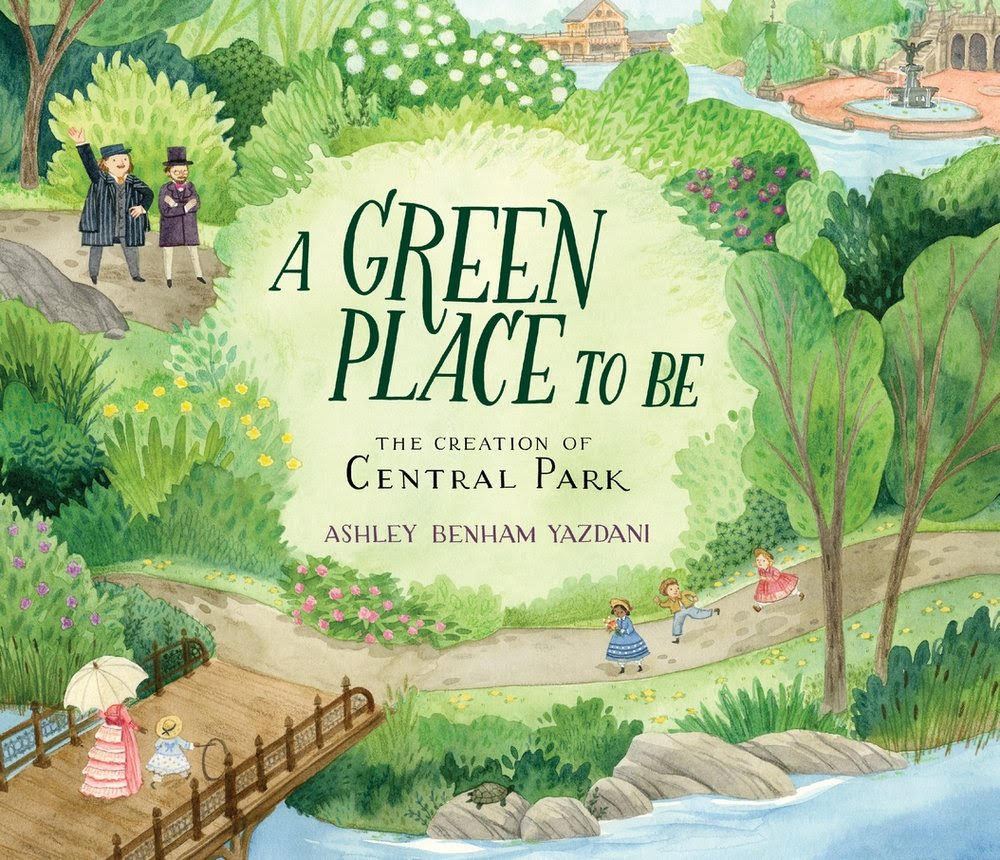
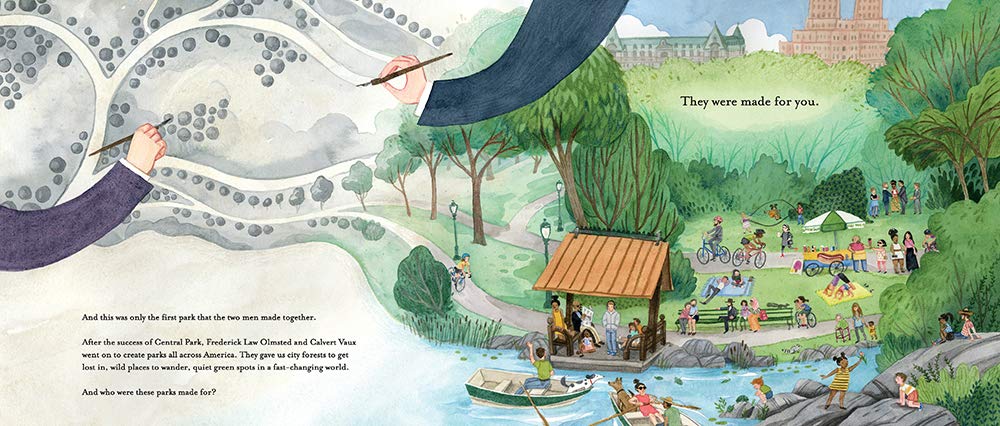
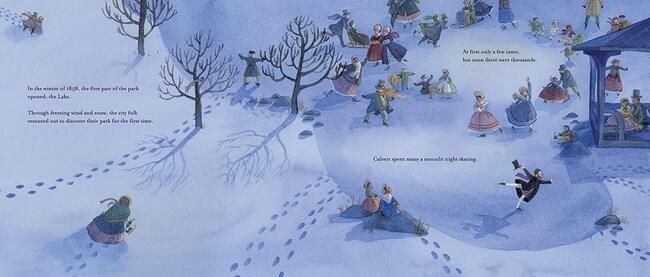
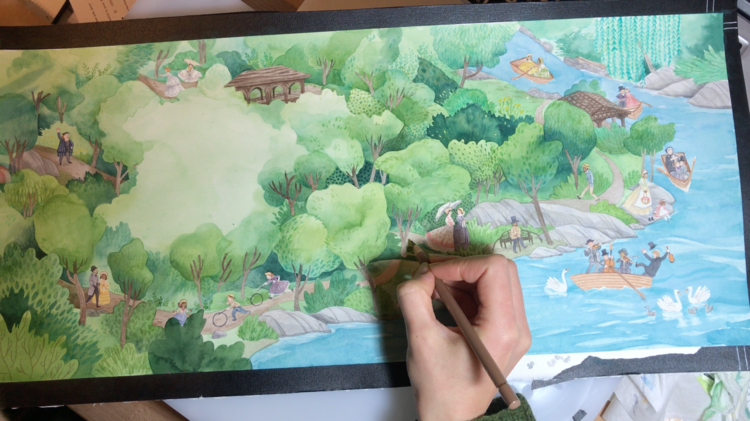
 RSS Feed
RSS Feed